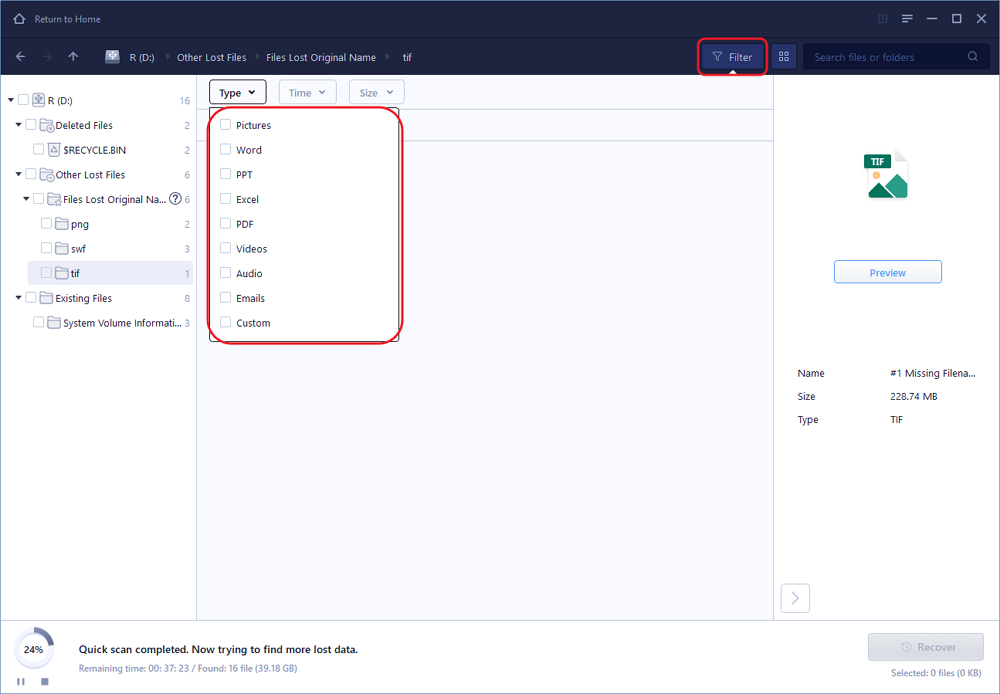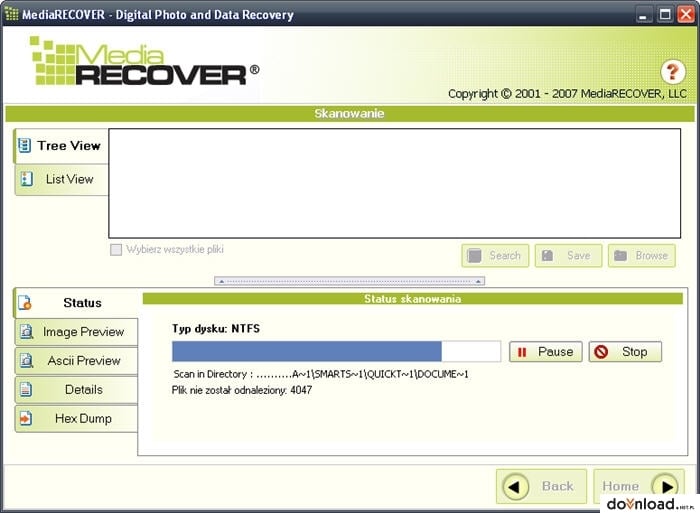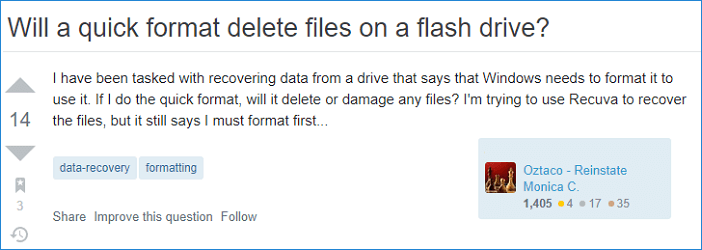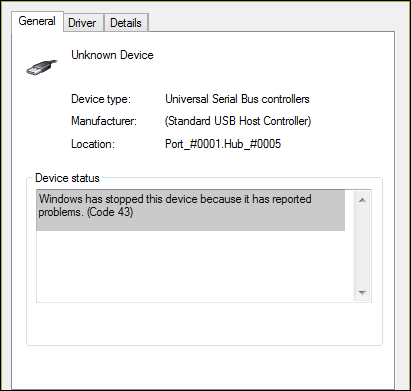-
![]()
-
![]() Top 8 USB Repair Tools Free Download to Repair Pen Drives
Top 8 USB Repair Tools Free Download to Repair Pen Drives December 12,2025
December 12,2025 6 min read
6 min read -
![]()
-
![]() How to Recover Files from Not Recognized USB Flash Drive
How to Recover Files from Not Recognized USB Flash Drive December 12,2025
December 12,2025 6 min read
6 min read -
![]() Does Formatting a USB Delete Everything? (What Really Happened)
Does Formatting a USB Delete Everything? (What Really Happened) December 12,2025
December 12,2025 6 min read
6 min read -
![]()
-
![]() How to Unlock USB Drive, Decrypt It and Restore Lost Data
How to Unlock USB Drive, Decrypt It and Restore Lost Data December 12,2025
December 12,2025 6 min read
6 min read -
![]() How to Fix Corrupted USB Without Formatting | 6 Solutions
How to Fix Corrupted USB Without Formatting | 6 Solutions December 15,2025
December 15,2025 6 min read
6 min read -
![]()
-
![]() Fix Error Code 43 USB Error | Recover Data from USB Drive
Fix Error Code 43 USB Error | Recover Data from USB Drive December 12,2025
December 12,2025 6 min read
6 min read
Page Table of Contents
The "virtual disk service error there is no media in the device" typically indicates a communication problem between your computer and a removable drive, often caused by a loose connection, outdated drivers, or a corrupt file system. To fix this, try the simplest solutions first: reconnect the drive, try a different port or computer, and use Disk Management to "Rescan Disks".
PAGE CONTENT:
"Virtual Disk Service error: There is no media in the device" and "There is no media in the specified device" are two similar error messages indicate the same issue. The former notification always pops up when you try to format a USB flash drive using HP USB Disk Storage Format Tool, while the latter always occurs when you try to use the diskpart command to clean your USB device.
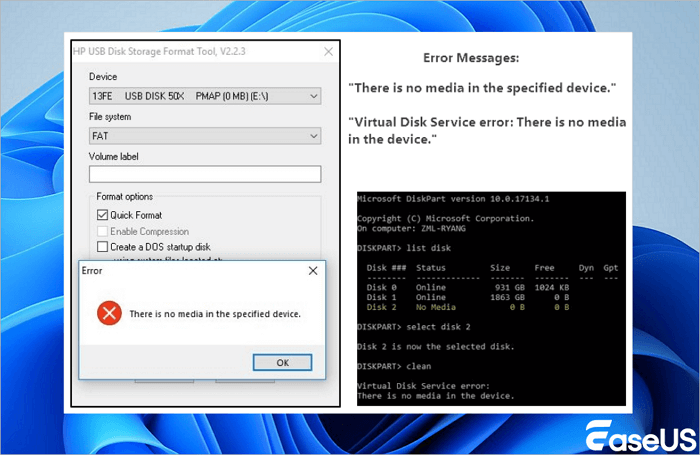
⬇️Symptoms
When you encounter one of the two errors, you will see the following symptoms:
- You will be prompt with the error message "Please insert a disk into removable disk" when you try to open it
- If you check the device's properties, the USB flash drive will show 0 bytes used and 0 bytes available
- The USB drive status is "No Media" in Disk Management
- You can't format the USB drive
⬇️Causes
Almost every error has its causes. "There is no media in the (specified) device" is no exception. Generally, a USB device shows up as "no media" due to:
- MBR (Master Boot Record) corruption
- I/O device error
- Physical damage on the device/the USB is failing or failed
"There are no media in the (specified) device" is an error that usually pops up to prevent you from formatting a USB drive or other devices using HP USB Disk Storage Format Tool. Being able to cause various problems, it is a problem that has caught a large number of users. Here, reliable solutions that can help to fix the pen drive no media error without losing data is available.
Fixes for Devices like SD Card There Is No Media in the Device
Before sending your device for manual repair, try these tips to fix the USB error "Virtual Disk Service error: There is no media in the device" or "There is no media in the specified device".
- Notice:
- You can check your USB connection first by switching to another USB port, connecting your USB via the rear port instead of the front ones, or insert your USB drive to another computer.
Fix 1. Rescan Vitual Disk via Disk Management
Step 1. Right-click "This PC" and choose "Manage" > "Disk Management".
Step 2. Go to "Action" > "Rescan Disks".
Step 3. Restart your computer and check the drive status in Disk Management. If it shows as normal, you can format your USB without the error "There is no media in the device" anymore.
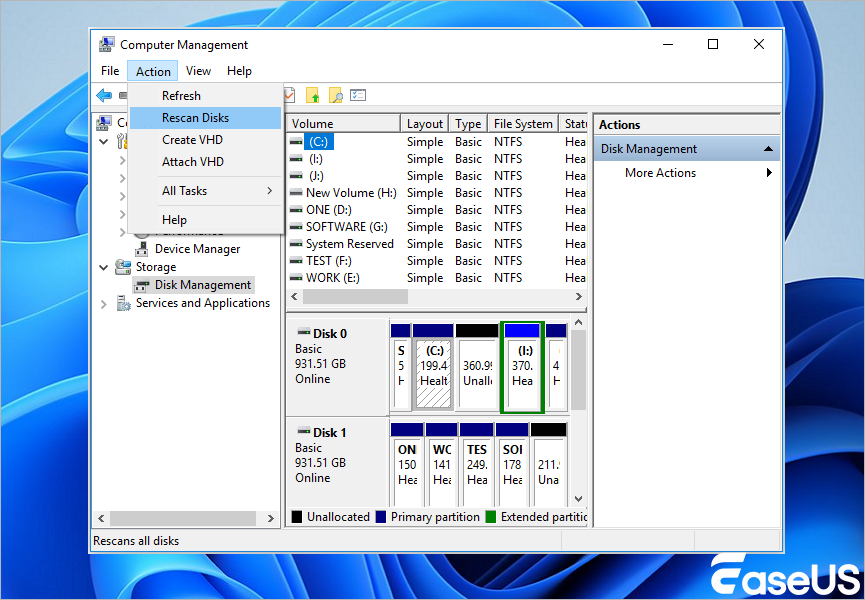
Fix 2. Update/Reinstall USB Device Driver
Step 1. Right-click "This PC" and choose "Manage" > "Device Manager".
Step 2. Expand "Disk Drives", then right-click your USB flash drive and select "Update Driver".
Step 3. In the new window, choose "Search automatically for updated driver software".
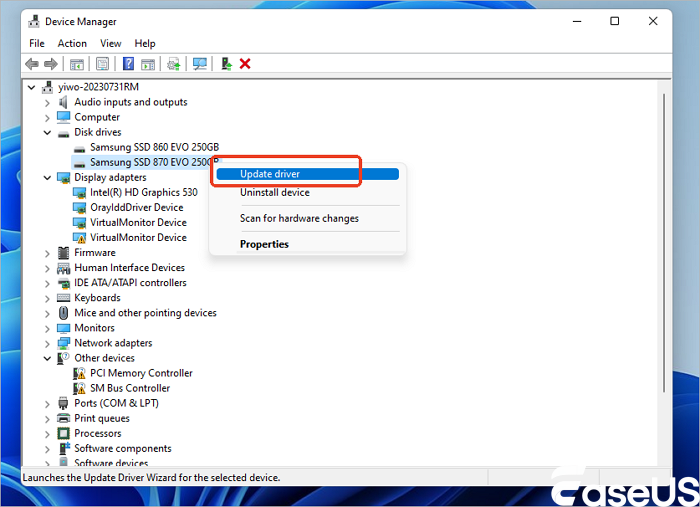
To reinstall your USB device driver, choose the "Uninstall device" instead. Afterward, restart your computer and the driver will be reinstalled automatically. Under Device Manager, you can also choose "Scan for hardware changes" to have a try.
Fix 3. Rebuild MBR for No Media in USB Device Error
MBR, Master Boot Record, is the first sector of a hard drive. USB flash drives may also feature an MBR. If MBR is corrupted on your drive, your device won't work properly. "There is no media in the device" is one of the errors you may come across. Luckily, you can rebuild MBR on your USB drive using third-party software.
Step 1. Insert the Windows USB/DVD. Restart your PC and boot from the media (change boot order in BIOS if needed), then click "Repair your computer" > "Troubleshoot" > "Advanced Options" > "Command Prompt".
Step 2. Run MBR repaircommands.
In the Command Prompt, type the following commands one by one, pressing Enter after each:
bootrec /fixmbr
bootrec /fixboot
bootrec /scanos
bootrec /rebuildbcd
bcdedit /export C:\bcdbackup
c:
cd boot
attrib bcd -s -h -r
ren bcd bcd.old
bootrec /rebuildbcd
Step 3. Reboot and check if the "No Media" error is resolved.
Fix 4. Use Professional USB Device Repair Tools
Many users have reported that they fixed the error "There is no media in the (specified) device" with the help of a USB repair tool. There are many USB flash drive repair tools available. Choose a secure and reliable one to repair your USB flash drive.
Some manufacturers developed repair tool exclusively for their users. For example, JetFlash Online Recovery is a repair tool developed for Transcend JetFlash USB flash drives. Check whether your USB manufacturer provides such a tool for you. If not, you can use other USB repair tools that can be used to repair USB flash drivers regardless of their brand.
- Important
- The repair process may delete some or all files on your USB drive. Thus, if you have anything important on the device, don't hesitate to perform USB recovery after repairing.
After the fixes above, you will find yourself in one of the three situations below:
- Your USB shows properly in Disk Management and you can use it as usual.
- Your USB is not shown as "No Media" in Disk Management anymore. Instead, the USB drive is shown as "RAW" or the device can be recognized by Disk Management but is still inaccessible.
- Your USB status is "No Media" still.
If you are in the first situation, congratulations, the error "there is no media in the device" has been fixed perfectly. If you are in the third situation, you are highly recommended to send your USB flash drive for manual repair. However, if you are in the second situation, you have two more procedures to go through before you make your device usable again, that is to recover data and then format the USB flash drive.
Recover Data from USB Drive before Fix the Problem
If you have important files on your USB drive, you need to first recover the data from the inaccessible device. (If not, you can format your USB directly to bring it back to normal.) With the help of disk data recovery software - EaseUS Data Recovery Wizard, you can easily recover files from an inaccessible device, including RAW drives.
Download the EaseUS Data Recovery Wizard and follow the guide below to recover data from your USB drive.
Here's a video that might help you learn more about USB data recovery:
⏲️Time Stamp
- 01:02 Recover Data from USB Using Data Recovery Tool
- 03:25 Restore Files from USB with Windows File History

Step 1. Choose the USB drive to scan
Launch EaseUS Data Recovery Wizard and choose your USB drive where you lost important files. Click "Scan for lost data" to start.
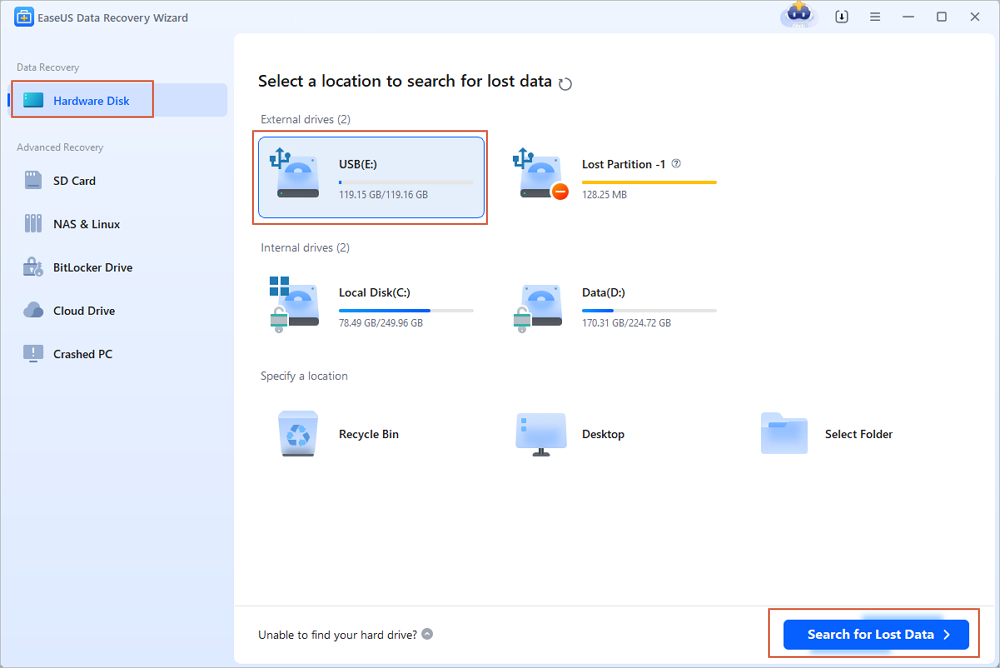
Step 2. Check and preview USB drive data
When the scanning is finished, you can quickly locate a specific type of file by using the Filter feature as well as the Search option.
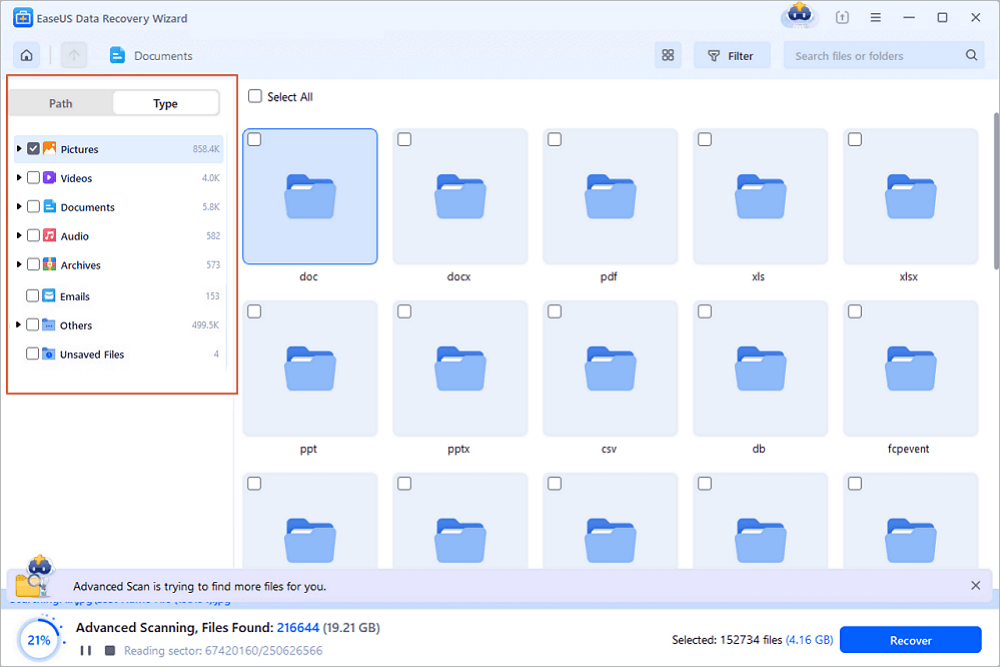
Step 3. Restore flash drive data
After checking and finding lost USB drive files, click "Recover" to restore them. You shall save the found files to a safe location on your PC rather than to your USB drive.
💡Tip: You can restore data on the local disks, external hard drives, and also the cloud storage.
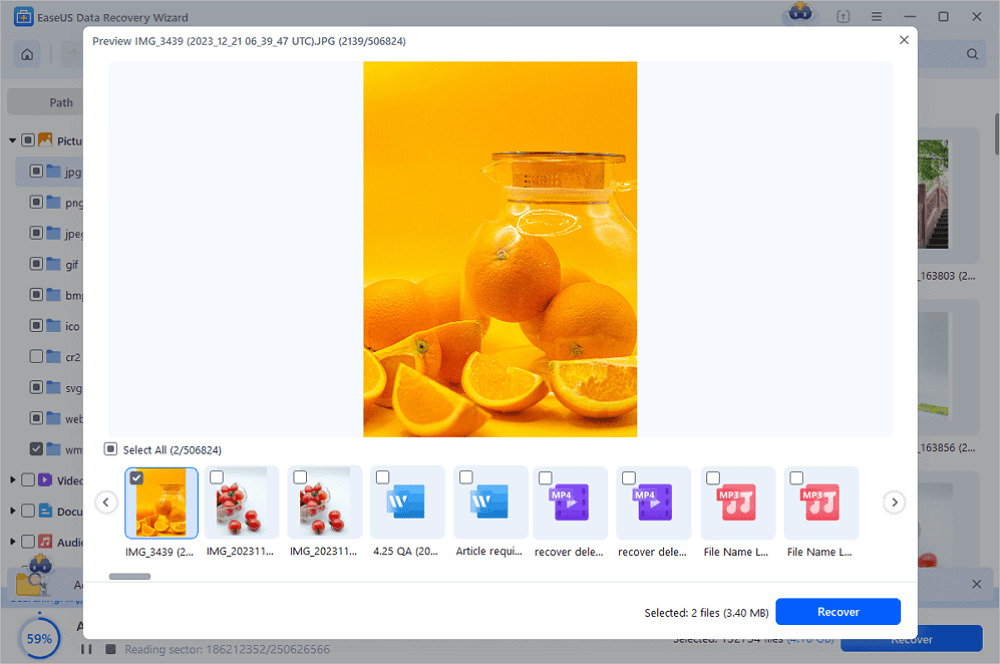
After keeping your precious data safe, you can now format your USB flash drive without any worries. To format a device in Windows, you can get things done under File Explorer, in Disk Management, or a third-party USB format tool. Here is the easiest one:
Step 1. Open "File Explorer".
Step 2. Right-click your device and choose "Format".
Step 3. Assign a file system to your USB and click "Start".
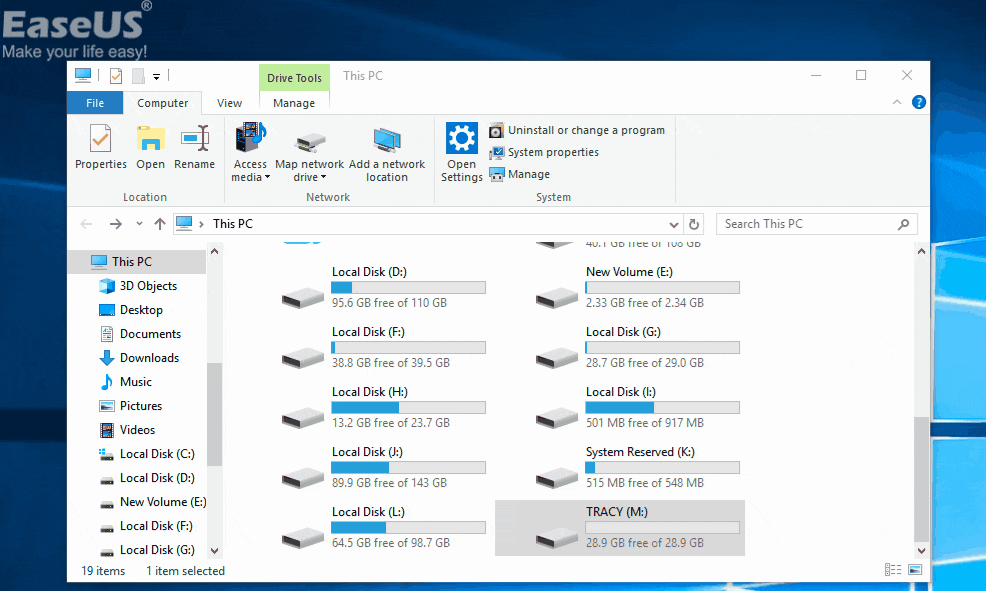
The Bottom Line
In most cases, "no media" is a state of your USB drive that indicates there is corruption or damage on your device. If the fixes above failed to make your USB flash drive usable, your device has probably failed and you need to repair or replace it. Hope one of the solutions could be helpful to you.
There Is No media in The (Specified) Device Issue FAQs
After reading the methods we offered in this passage, you may already solve your problem. If you have more questions, check the following answers:
How do you fix 'there is no media in the specified device' issue?
You will have four methods to fix this problem:
- 1. Rescan the problem disk and restart your computer.
- 2. Reinstall the device driver or just update it.
- 3. Rebuild MBR with a third-party partition manager.
- 4. Find a USB repair program to help you solve the problem.
How to fix the 'USB shows no media in Disk Management' error?
The following methods will help you fix the "USB shows no media in Disk Manager" error:
- 1. Try to find an expert or a USB drive repair service.
- 2. Reconnect the USB to your PC or restart your PC.
- 3. Enable the USB drive in Device Manage.
- 4. Check the USB with the CHKDSK command.
What cause 'there is no media in the specified device' issue?
This issue is a common problem for Windows users, and the Master Boot Record corruption, I/O device error, other physical damages, or other situations may cause it.
Can I recover data from an inaccessible USB drive?
You can recover data from an inaccessible USB flash drive with EaseUS Data Recovery Wizard. You will only need three steps to easily recover lost documents, pictures, and videos from this USB flash drive.
Was this page helpful?
-
Dany is an editor of EaseUS who lives and works in Chengdu, China. She focuses on writing articles about data recovery on Mac devices and PCs. She is devoted to improving her writing skills and enriching her professional knowledge. Dany also enjoys reading detective novels in her spare time. …
-
Evan Galasso is a digital forensics and data recovery engineer with over 10 years of experience in the field. He presents opinions on the current state of storage media, reverse engineering of storage systems and firmware, and electro-mechanical systems of SSDs and HDDs.…

20+
Years of experience

160+
Countries and regions

72 Million+
Downloads

4.9 +
Trustpilot Score


Free Data
Recovery Software
Recover data up to 2GB for free!
